With the extended heat wave forecast over the next week or so, people and pets will want to stay cool in the lake. This is a good opportunity to remind everyone to be cautious of harmful algal blooms (HABs) that can form anytime, but especially during these hot spells. The following information is provided for easy reference and includes links to websites and related documents. It was provided by DEC through the Cornell University Cooperative Extension. Additional information can be found on Page 3 of the Spring 2018 KLC News.
****************************************************************************************************************************
People Exposure
If you think you may have been exposed to a HAB and are experiencing symptoms, contact your physician or, in the case of severe reactions, seek immediate medical attention. You should inform your physician and your local health department if you were exposed to an algal bloom, both to help determine the proper course of treatment and to determine if others should also be notified of this potential risk. More information about these symptoms can be found on the Department of Health Blue-green Algae webpage. Swimming at regulated beaches will greatly reduce your risk of exposure to HABs, since beaches are closely monitored for the presence of blooms. Beach closures by health officials are conducted to protect swimmers.
Animal Exposure
HABs cells can stick to animal fur and become concentrated when the animal cleans itself. Rinse your dog, pet or livestock with clean water and seek veterinarian medical assistance should your animal show any signs of distress. HABs may release a fast-acting nerve toxin that can be dangerous for pets, particularly dogs that swim within blooms. Symptoms of HABs exposure for dogs include:
- Stumbling, seizures, convulsions, paralysis
- Excessive salivation or drooling
- Disorientation, inactivity or depression
- Elevated heart rate, and difficulty breathing
If you see or suspect any of these symptoms, particularly within 30 minutes to a few hours after exposure to an algal bloom, seek immediate veterinarian care.
Long-term exposure to algal liver toxins may lead to symptoms such as repeated vomiting (green liquid), diarrhea or tarry (bloody) stool, loss of appetite, anorexia, jaundice (yellowing of eye whites or gums), abdominal swelling tender to the touch, cyanosis (bluish coloration) of skin, dark urine or reduced urine output. Your veterinarian should be consulted to see if veterinarian assistance is appropriate. Any information you can provide to the veterinarian about the potential duration of algae exposure will help to determine the appropriate course of action.
New York Sea Grant published a Dogs and Harmful Algal Blooms (HABs) (PDF) (809 KB) brochure. The brochure includes descriptions of common symptoms and what to do, information about toxins and how dogs are exposed, how to reduce your dog’s risk of exposure and how to report suspected blooms.
****************************************************************************************************************************

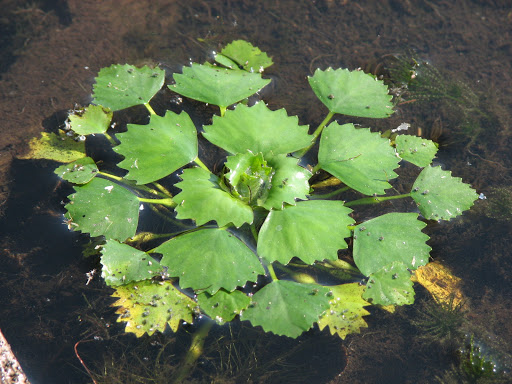

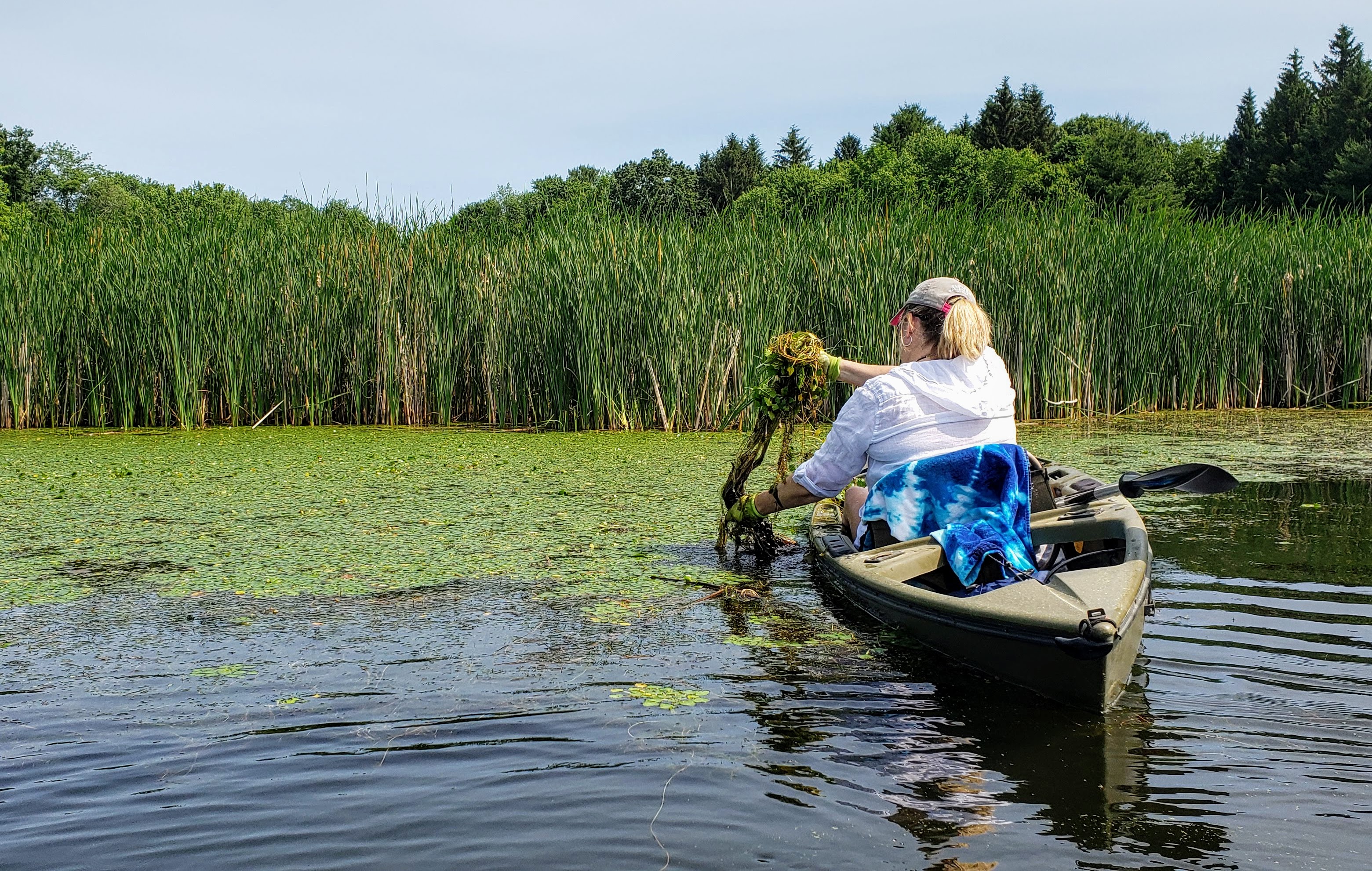





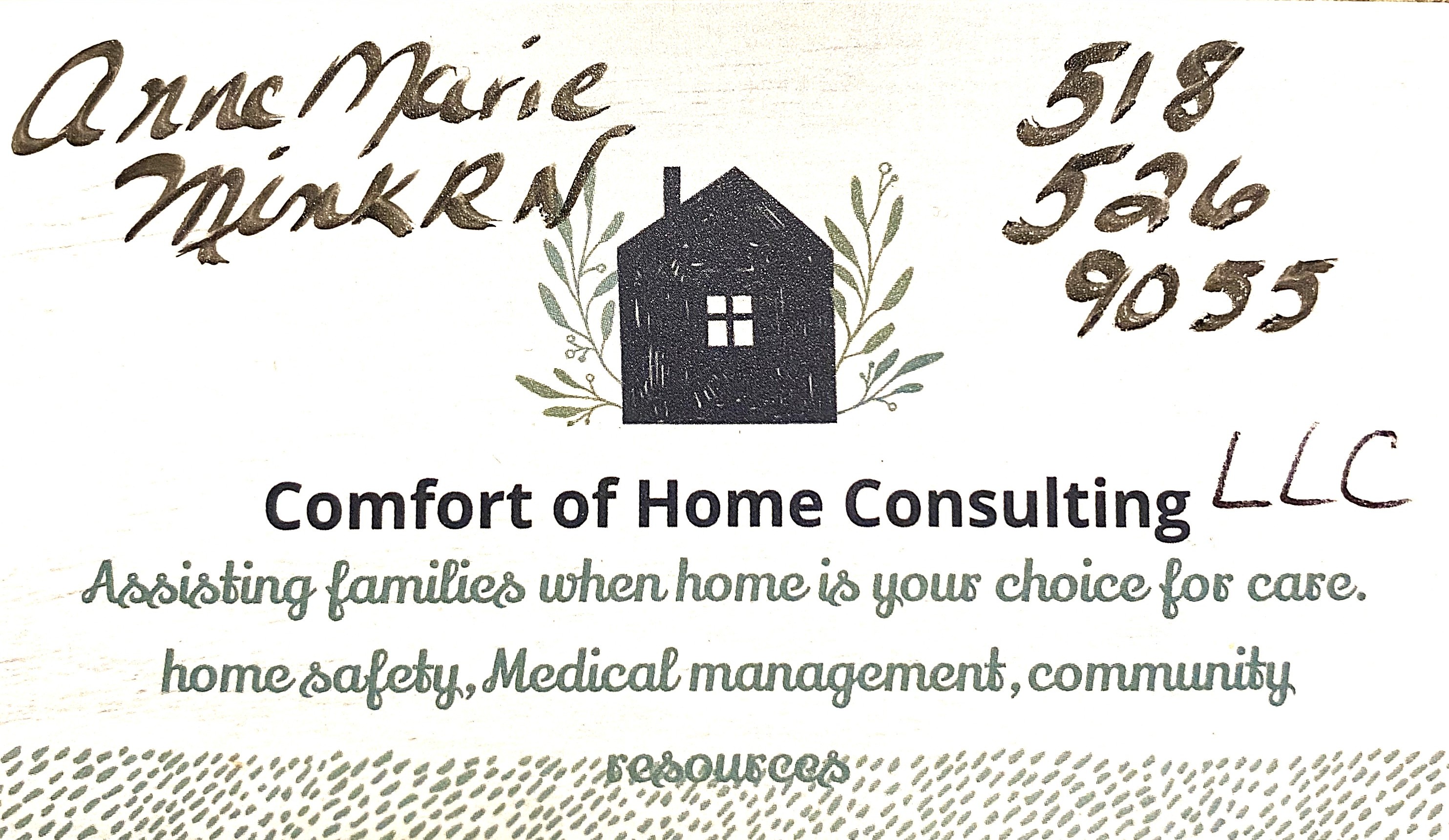






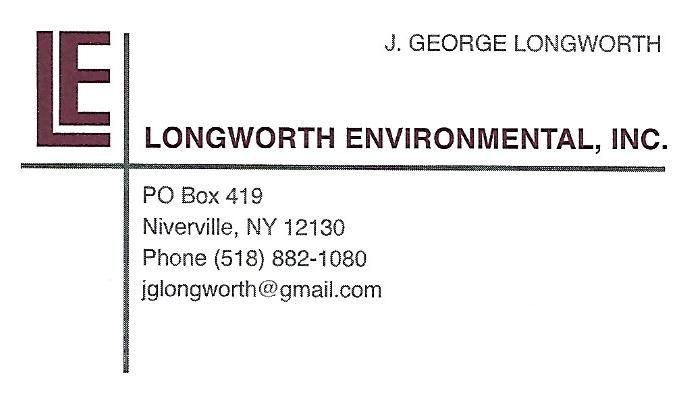



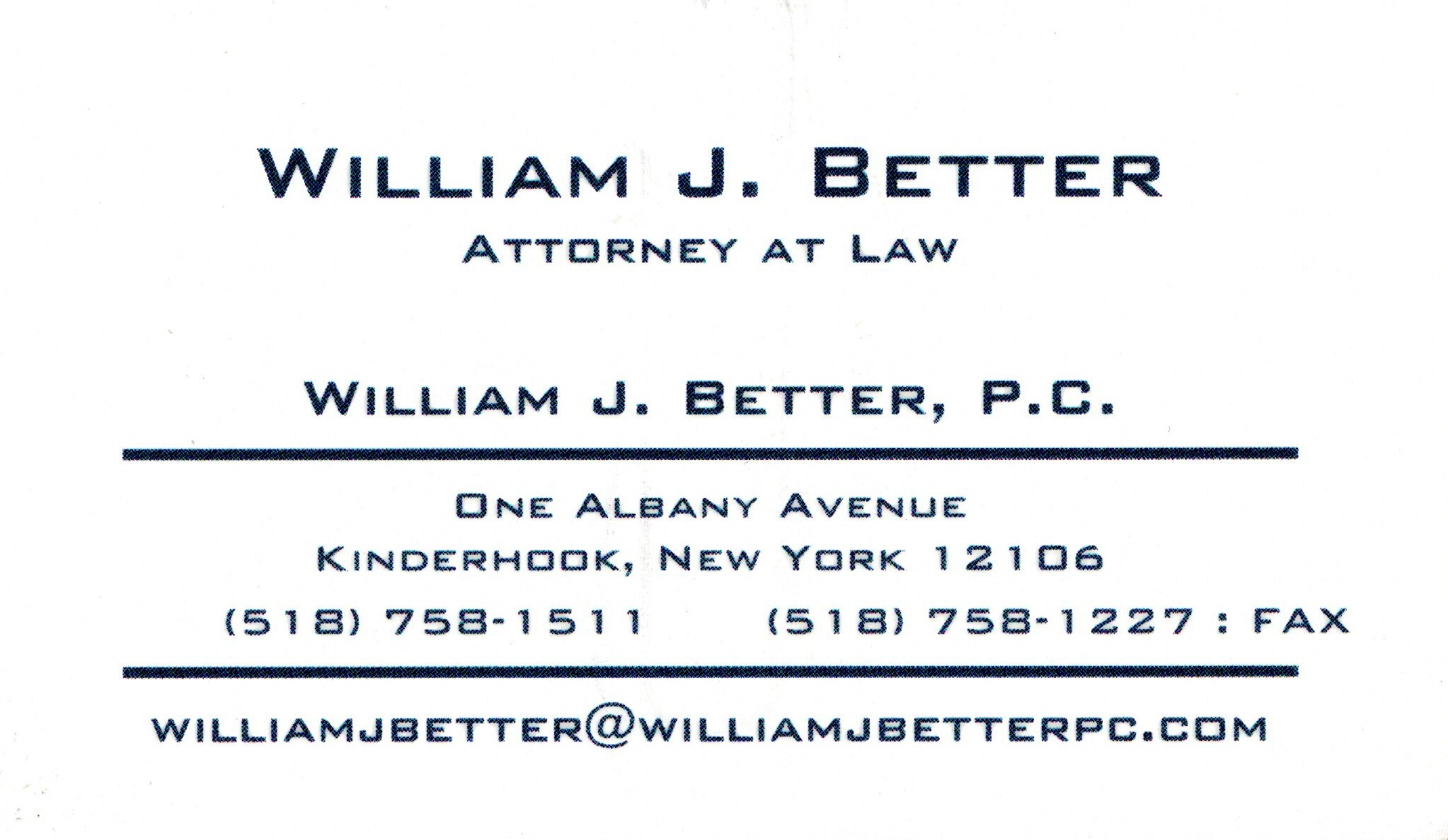

Follow Us on Facebook!